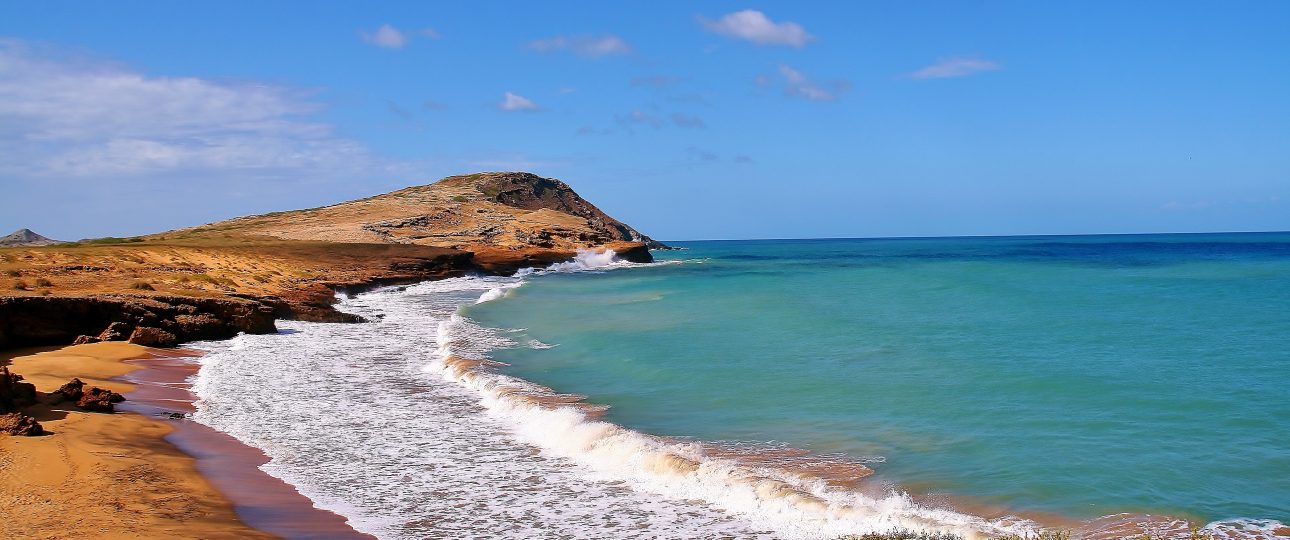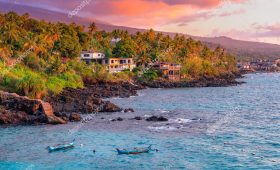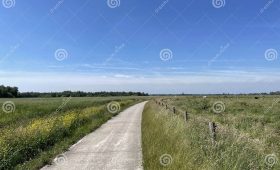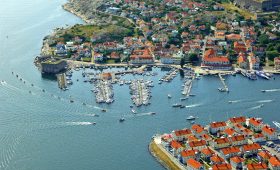Cabo de la Vela: A Unique Destination in Colombia
Exploring Cabo de la Vela
Cabo de la Vela is a small fishing village located on the Guajira Peninsula in Colombia. Known for its striking landscapes, it offers a unique blend of desert and sea. The area is primarily inhabited by the Wayuu people, who maintain a rich cultural heritage.
Natural Beauty
The landscape of Cabo de la Vela is a fascinating mix of the Caribbean Sea and the La Guajira Desert. The area is home to pristine beaches, dramatic cliffs, and saline lagoons frequented by American Flamingos. The sunsets here are particularly stunning, offering a perfect backdrop for photography enthusiasts.
Wayuu Culture
The Wayuu people are known for their vibrant culture and traditional crafts. Their colorful textiles and intricate weaving techniques are a testament to their artistic skills. Visitors have the opportunity to engage with the locals and learn about their customs and traditions, providing a deeper understanding of the region’s cultural richness.
Best Time to Visit
The ideal time to visit Cabo de la Vela is during the dry season, from December to April. During these months, the weather is sunny, and the sea conditions are calm, making it perfect for swimming and other water activities. Temperatures range from 77 to 86 degrees Fahrenheit (25-30 degrees Celsius).
Getting There
Reaching Cabo de la Vela requires some planning. The nearest major airport is in Riohacha, which connects to major Colombian cities. From Riohacha, take a bus to Cuatro Vias, then a shared taxi to Uribia. From Uribia, a 4×4 vehicle or shared taxi will take you to Cabo de la Vela. It’s advisable to reach Uribia by early afternoon to ensure connections.
Local Transportation
Within Cabo de la Vela, transportation is primarily by motorbike or on foot. The village is small and easily walkable. For exploring surrounding areas, renting a motorbike or hiring a local guide is recommended. Be mindful of local traffic rules and road conditions.
Notable Attractions
Pilón de Azúcar
Pilón de Azúcar, or Sugar Loaf Mountain, offers spectacular views of the northern coastline after a short hike. The attached beach, with its golden sands, is considered one of the most beautiful in the area. Refreshments are available nearby.
El Faro
The lighthouse, El Faro, is a prime spot for watching sunsets. It’s about an hour’s walk north from the village. The views from this vantage point are breathtaking, so bring a camera to capture the moment.
Ojo del Agua
Ojo del Agua is a crescent-shaped beach surrounded by cliffs. It features a small freshwater pool considered sacred by the Wayuu people. It’s a serene spot for relaxation and reflection.
Practical Tips
- Electricity in Cabo de la Vela is limited, provided by generators for a few hours daily. Plan accordingly.
- Running water may not be available in budget accommodations. Be prepared for basic facilities.
- Kiteboarding is popular here, with several shops offering rentals and lessons.
- Seafood is a staple, with fresh catches available directly from fishermen. Prices are negotiable.




